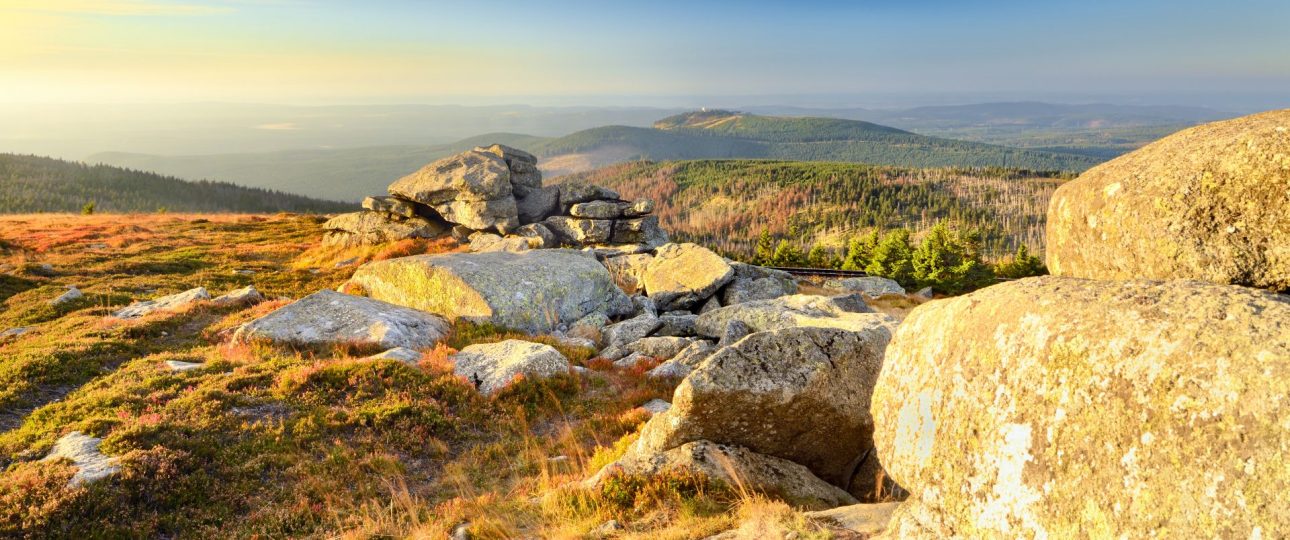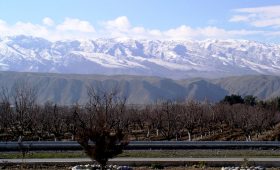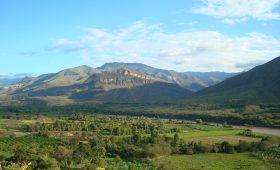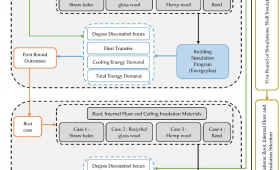Exploring Harz National Park
Harz National Park, located in Germany, spans the states of Lower Saxony and Saxony-Anhalt. Covering about 24,700 hectares, it represents roughly 10% of the Harz region. This park is a fascinating blend of natural landscapes and historical significance, offering a unique experience for visitors interested in both ecology and history.
Geography and Landscape
The park stretches from Wernigerode and Ilsenburg in the north to Herzberg and Bad Lauterberg in the south. The terrain varies significantly, with elevations ranging from 230 meters above sea level in the north to 1,141 meters at the summit of Brocken, the highest peak in northern Germany. The park is home to several rivers, including the Bode, Oder, and Ilse, and features reservoirs like the historic Oderteich, completed in 1722.
Flora and Fauna
The Harz National Park is predominantly covered by Norway spruce and rowan trees, especially in the higher elevations. Below 600 meters, deciduous trees such as beech become more common. The park’s diverse ecosystems support a variety of wildlife, including lynxes, red deer, and numerous bird species like the golden eagle. However, the park faces ecological challenges, such as bark beetle infestations, which have affected the spruce monocultures.
Historical Context
The park’s history is intertwined with Germany’s past. The current Harz National Park was formed in 2006 from a merger of two previous parks. The eastern part was established just before German reunification in 1990, and the western part followed in 1994. The Brocken area was off-limits during the Cold War, adding a layer of historical intrigue to the region.
Best Time to Visit
Your visit to Harz National Park can be tailored to your interests and the season. Autumn offers vibrant foliage, ideal for hiking and photography. Winter transforms the park into a snowy wonderland, perfect for skiing and snowshoeing. Spring brings mild weather and blooming wildflowers, while summer provides long daylight hours for exploring the park’s extensive trails.
Getting There
Reaching Harz National Park is straightforward. The nearest international airports are Hannover and Leipzig/Halle. From there, you can take a train or rent a car. Deutsche Bahn offers regular train services to towns like Wernigerode, Goslar, and Quedlinburg, which serve as gateways to the park. If driving, the A7 and A14 highways provide easy access.
Local Transportation
Once in the park, several transportation options are available. The Harz Narrow Gauge Railways offer scenic steam train rides between towns and attractions. Buses operated by Harzer Verkehrsbetriebe connect various parts of the park. For a more active exploration, consider renting a bicycle to navigate the park’s well-maintained cycling paths.
Notable Attractions
Brocken Mountain
Brocken Mountain, at 1,141 meters, is a highlight of the park. You can hike to the summit or take the historic Brockenbahn railway for panoramic views of the Harz landscape.
Quedlinburg
Quedlinburg, a UNESCO World Heritage Site, offers a journey back in time with its cobblestone streets and half-timbered houses. The Quedlinburg Castle provides stunning views of the town and surrounding areas.
Rammelsberg Mine
Explore the mining history of the region at the Rammelsberg Mine, another UNESCO site. Guided tours of the underground tunnels reveal the challenges faced by miners over the centuries.
Wernigerode Castle
Wernigerode Castle, perched on a hill, is a must for history enthusiasts. Its medieval architecture and gardens are particularly beautiful in spring.




